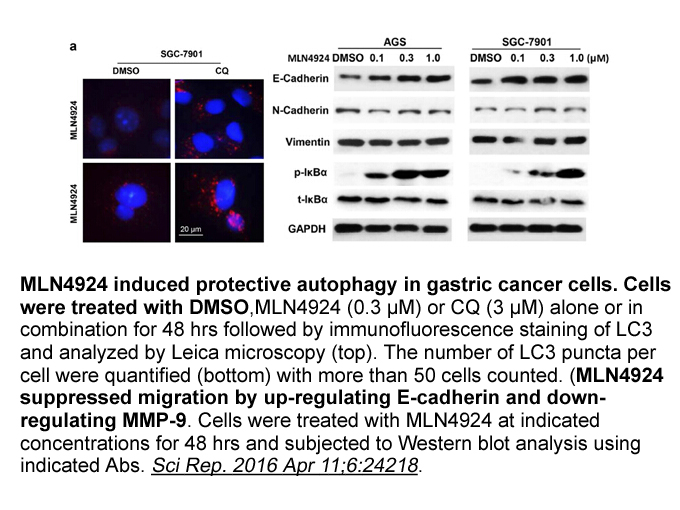Archives
br Conclusion br Acknowledgements br Introduction In
Conclusion
Acknowledgements
Introduction
In recent years, fast progress has been made toward using the supercritical technology in industrial separation processes. Apart from a green extraction process that replaces organic solvents, applications involving supercritical fluids include supercritical fluid fractionation [[1], [2], [3]], supercritical fluid chromatography [[4], [5], [6]], use as anti-solvent for micro- and nanoparticle formation [7,8] and reaction in supercritical medium [[9], [10], [11]]. Thus, chemical, petroleum, pharmaceutical, food, biotechnology, biomedical, nuclear, material and ML133 HCl processing industries are examples of application areas for separation processes using this technology [12].
Carbon dioxide is the gas most commonly applied for supercritical fluid extraction due to its low cost, high purity, safety and low critical properties. Since pure supercritical carbon dioxide (scCO2) is a lipophilic solvent, mixtures with organic solvents, especially alcohols, are used to increase the polarity of the fluid mixture.
Solubility data of solutes in scCO2 in presence of cosolvents are an essential for design and optimization of separation processes using scCO2. Besides the experimental measurements, thermodynamic models are useful and low cost alternatives to obtain phase equilibrium information. For that purpose, the use of reliable thermodynamic models, able to accurately predict the phase equilibria as a function of temperature, pressure, and composition of a specific system, is crucial.
Several semi-empirical equations have also been proposed to describe the solubility of solutes in scCO2 with [[13], [14], [15]] or without [[16], [17], [18]] entrainer. Due to its easy handling and good  results, the cubic equations of state, such as Peng-Robinson (PR-EoS) and Soave-Redlich-Kwong (SRK-EoS), are the models most used to correlate the solubility data under high pressures. Despite these thermodynamic models being able to describe the binary system data with satisfactory results, in most cases the fitted binary interaction parameters are not suitable to estimate the phase equilibrium in multicomponent systems (with cosolvents), since the strong interactions that can occur between the molecules of solute and the cosolvent are not taken into account in the cubic equations of state [[19], [20], [21]].
The solubility of different solutes in scCO2 and cosolvent mixtures was predicted using the Statistical Associating Fluid Theory (SAFT) [22] and PR + COSMOSAC [23] models. In addition, Bitencourt et al. [24] have recently reported good results for caffeic acid solubility in CO2/ethanol mixtures using the Cubic Plus Association Equation of State (CPA-EoS) from binary interaction parameters. CPA-EoS consists of the combination of a physical term derived from SRK-EoS and an association term as proposed by Wertheim perturbation theory [25] and widely used in SAFT-type equations. The need to accurately describe systems containing strongly polar compounds was one of the main motivations behind the development of this EoS. This type of system forms hydrogen bonds and often presents an unusual thermodynamic behavior because of strong interactions, either between molecules of the same species (self-association) or between molecules of different species (cross-association).
Compared to SAFT, CPA-EoS is a simpler model for associating mixtures, which keeps the well-known advantages of cubic equations of state, while still presenting a high performance for associating compounds. Although CPA has been widely investigated for several
results, the cubic equations of state, such as Peng-Robinson (PR-EoS) and Soave-Redlich-Kwong (SRK-EoS), are the models most used to correlate the solubility data under high pressures. Despite these thermodynamic models being able to describe the binary system data with satisfactory results, in most cases the fitted binary interaction parameters are not suitable to estimate the phase equilibrium in multicomponent systems (with cosolvents), since the strong interactions that can occur between the molecules of solute and the cosolvent are not taken into account in the cubic equations of state [[19], [20], [21]].
The solubility of different solutes in scCO2 and cosolvent mixtures was predicted using the Statistical Associating Fluid Theory (SAFT) [22] and PR + COSMOSAC [23] models. In addition, Bitencourt et al. [24] have recently reported good results for caffeic acid solubility in CO2/ethanol mixtures using the Cubic Plus Association Equation of State (CPA-EoS) from binary interaction parameters. CPA-EoS consists of the combination of a physical term derived from SRK-EoS and an association term as proposed by Wertheim perturbation theory [25] and widely used in SAFT-type equations. The need to accurately describe systems containing strongly polar compounds was one of the main motivations behind the development of this EoS. This type of system forms hydrogen bonds and often presents an unusual thermodynamic behavior because of strong interactions, either between molecules of the same species (self-association) or between molecules of different species (cross-association).
Compared to SAFT, CPA-EoS is a simpler model for associating mixtures, which keeps the well-known advantages of cubic equations of state, while still presenting a high performance for associating compounds. Although CPA has been widely investigated for several  application in the academic community, its use in the industry is far from being widespread. Nevertheless, diverse applications in the oil and gas industry are benefitting from the use of this EoS, as well as, diverse companies having in-house versions of the model. Therefore, this work will evaluate the accuracy of the CPA equation of state for the solubility prediction of 12 solid solutes in scCO2 in presence of different organic cosolvents, for a total of 19 systems at pressures between 8 and 40 MPa, temperatures ranging from 308 K to 353 K and concentrations of cosolvent varying from 0.73 to 10 mol%.
application in the academic community, its use in the industry is far from being widespread. Nevertheless, diverse applications in the oil and gas industry are benefitting from the use of this EoS, as well as, diverse companies having in-house versions of the model. Therefore, this work will evaluate the accuracy of the CPA equation of state for the solubility prediction of 12 solid solutes in scCO2 in presence of different organic cosolvents, for a total of 19 systems at pressures between 8 and 40 MPa, temperatures ranging from 308 K to 353 K and concentrations of cosolvent varying from 0.73 to 10 mol%.